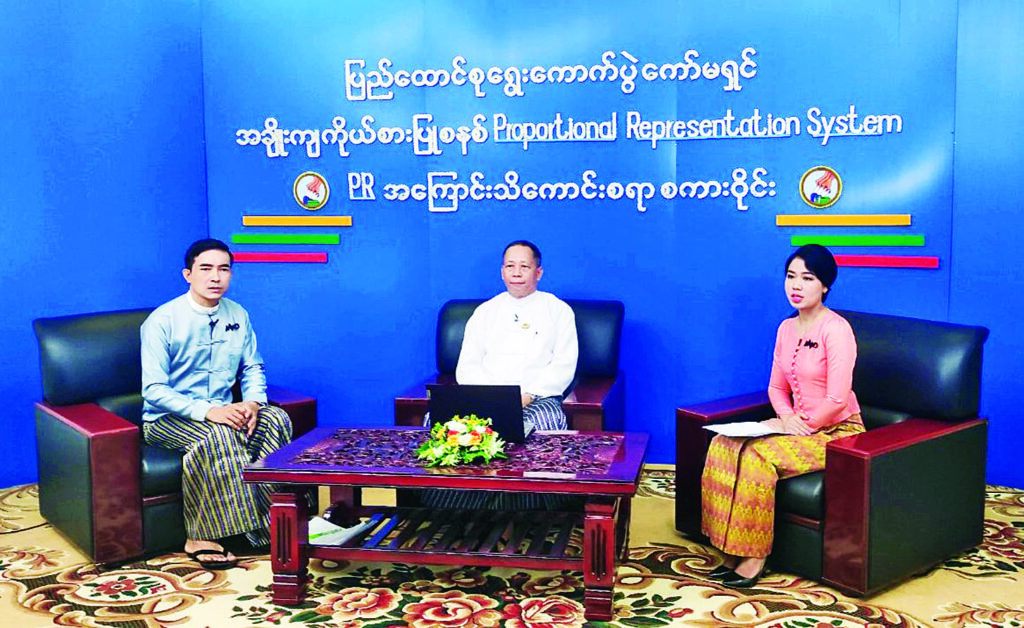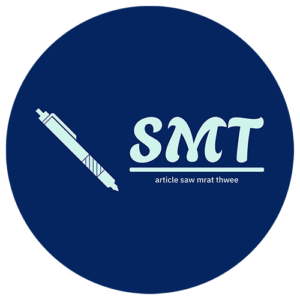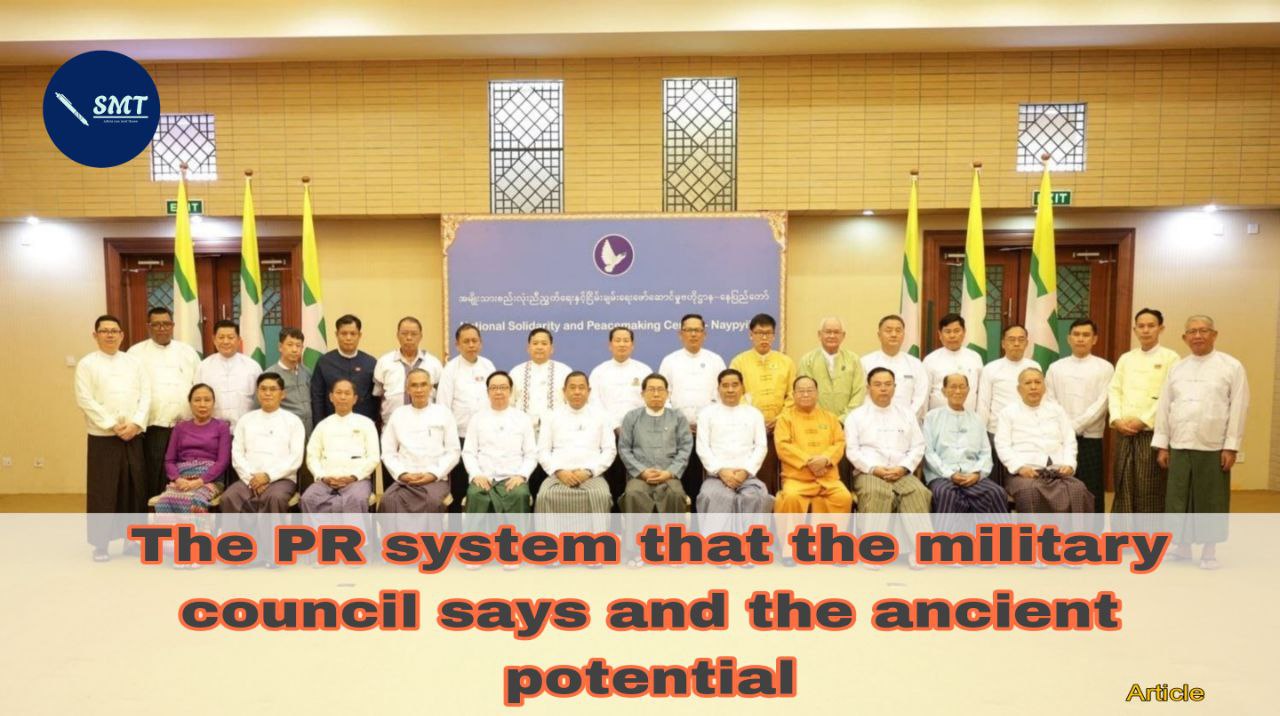Introduction
Since the independence of Myanmar in 1948, the 1990 elections, the 1990 elections, and 2010, 2015, 2020, etc., the various elections held in Myanmar have been based on the First Past the Post-FPTP system with the majority representation system (Plurality Majority System). If we look at the elections of the past years, the elections of the parliamentary democracy era were held under the constitution of 1947. If it means the 1990 election, we have to go under the 1974 constitution. The 2010, 2015 and 2020 elections had to go under the 2008 constitution.
As for the various structures for this election, the structures that were drawn up and implemented by the authorities are inconsistent. In other words, the constitution of 1947 was a unitary constitution that favored Burman supremacy. The 1974 constitution was only a one-party constitution supported by a one-party authoritarian system, so the results of the 1990 election did not materialize. So, if we look at the 2008 constitution, it is a structure that provides props for the long life of the dictator. Therefore, the elections held under these structures will do nothing more than give the dictator a way out to prolong his suffering.

FPTP system concept
Internationally, among the 193 countries that are members of the United Nations, there are 74 countries that use the majority system, 111 countries that use the proportional representation system, and 8 countries that use other systems. The winner-take-all system (First Past the Post-FPTP) is the best way to understand it. For example, if party x and party y compete, if party x gets 50 votes and party y gets only 49 votes, then party x will win outright in this competition. So all the votes that Party y got will be useless. Therefore, if we look at the 2010 and 2015 elections held under the 2008 constitution in Myanmar, the representatives of the two major Burmese parties that won the elections won 87% of the seats in the parliament. This is the highest representation of Burmese in the parliament, while other non-Burmese ethnic groups only got 10% of the seats in the parliament. This is an unfair system of FPTP system.

The concept of proportional representation (PR)
Proportional Representation (PR) is a system in which representatives are elected proportionally in the areas of constituencies. Depending on the representatives in the constituencies, the party organization must compete. In other words, the representatives won by the political party and seats in the parliament are not determined by a single party organization, but are distributed proportionally based on the votes of all parties. So the party won’t win or lose anymore. Representatives from each party will have a place in the parliament.
The proportional representation system (PR) also includes (1) List Proportional Representation (List Proportional Representation), (2) Mix Member Proportional System, and (3) Single Transferable Vote System. But no further explanation is necessary. However, the UEC under the Military Council has said that the proportional selection system based on the party name (Party List PR System-LPR) and the Single Transferable Vote-STV system. However, when changing the election channels, there are some who use a mixed member proportional system (Mix Member Proportional System). These are different from one country to another.
When applying the proportional representation (PR) system, it is true that the political parties in the country are normally proportional. For example, in Rakhine, there will be ANP, ALD, AFP, NLD, USDP and other indigenous ethnic parties, but even if ANP gets the most votes, only one ANP won’t get a seat in the parliament. Other existing parties must also have seats in the parliament. So this system is not good overall, but it is considered to be better than the FPTP system.

Military Council step
One thing I want to say here is that the FPTP system has been used throughout the elections held in Myanmar. There is no reason to be wrong that this system was used in the election to influence the Burmese representation. Therefore, the Union Election Commission (UEC) began to announce in the media owned by the military council that the military council would use the proportional representation system (PR) in the elections after the coup d’état. The fact that the military council said that the election will be implemented through a PR system is because he wants to find a way out, but in reality, he may be trying to influence politics with another big party as a means of alliance.
On the military council’s coup d’état, it is usually seen that the political party group does not accept it. Within the country, opposition to the military council has emerged throughout the country, and the country is in disarray. If we look at the PR system, there are two major parties in Myanmar, the NLD and the USDP. Therefore, among these two major parties, the NLD party won the majority of votes. Even if the military council wants their adopted son USDP to win, they cannot win the government if they don’t get the number of votes from the people. So, if we are going to go with the PR system, there will be no outright victory for any party. If the NLD wins the most votes, they will have to give the USDP according to the number of votes they have received. The other parties must be divided in the same way.
But if the current situation prevails in this election, the military council and the parties that should be missed and the parties representing Burma will be the majority. This means that Myanmar as a whole will no longer be multi-party. The NLD has not disappeared until now. Since the election will be held from 2025, we will be interested to see how the military council can use Daw Aung San Suu Kyi for the election.

Proportional Representation (PR) system effectiveness
As mentioned above, if the upcoming election is under the 2008 constitution, the military will still hold 25% of the parliament. Another point is that even if the NLD wins a landslide at the union level, the USDP party will still have a seat in the Hluttaw. Therefore, even after the military council and the USDP party merge, they can become a new dictator. The military’s PR system does not mean that they will get rid of their parliamentary seat, but these must also be taken into account. If this system is applied without democracy, politics may fall more into the hands of the military.
What is more important is that if the proportional representation system (PR) is applied, the Burmese representative parties in the ethnic regions will participate proportionally in the parliament. No matter where the whole country is, winning the vote is no longer likely to get an outright seat in parliament. However, although the PR system may be a good opportunity for small political parties, I consider that there is a possibility that the political profiteers may be the military.
Conclusion
In today’s situation, the military council is on the sidelines in the country and is looking for a way out. So I still can’t think of the tricks of the military council. Even if the military council is defeated militarily, we can see that they are trying to gain political advantage. While China is giving aid to the military council, China has also given incentives and organized the group of political parties that should be missed by the military council. We can see that China is trying to control Burma under its influence, both the military council and the ethnic armed forces. It is not wrong to assume that China is creating a lot of conditions for this election.
Depending on the military politics, it is interesting to see if the war council can stop fighting in 2025 with China’s reliance on the PR system. The main thing to say is that the 2008 constitution will not be abolished, the ruling party will not fall, and elections will be held with any system. This is the one out of the box. So, if the elections are held with the proportional representation system (PR) and the military groups and the Burmese bigots get together in the parliament, then the country will only be mired in war again. So, it was these groups that colored the era of parliamentary democracy, and it was these groups that colored the democratic era and added ginger to the people. But now, under the proportional representation (PR) system of the military council, the revolutionary forces need to avoid falling behind him and those who should be missed. As mentioned above, the proportional representation (PR) system is not yet in a suitable position for the geopolitics of this country. It is presented in the hope that a federal democratic union and a political landscape suitable for this country will emerge.
Written By: Saw Mrat Thwee









